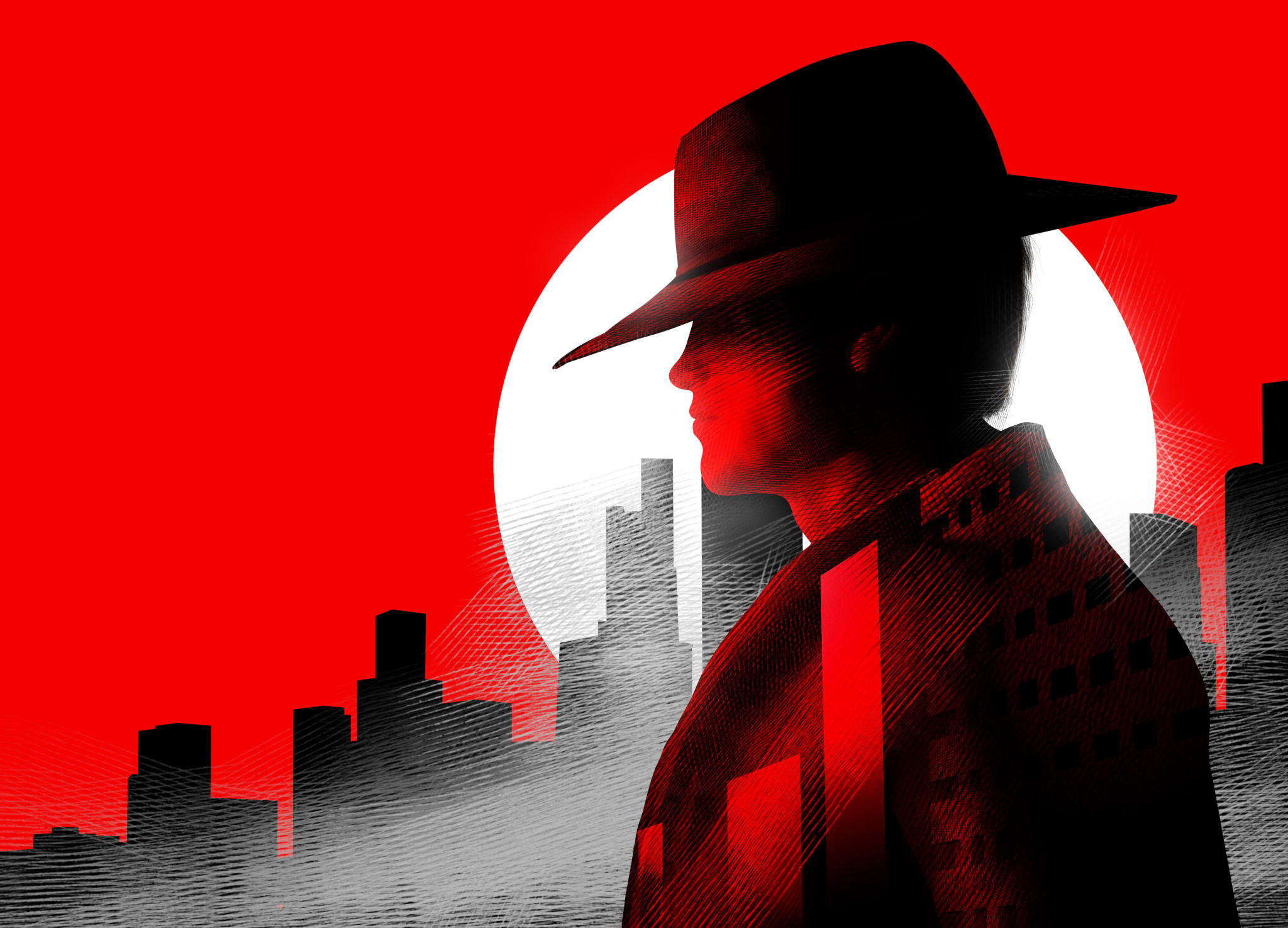Unraveling the Mysteries: CIA Operations in Fiction vs. Reality
The Allure of the CIA in Fiction
The Central Intelligence Agency (CIA) has long been a subject of intrigue and fascination for both writers and audiences. In fiction, the agency is often depicted as a world of shadowy figures, high-stakes espionage, and thrilling missions that keep readers and viewers on the edge of their seats. Movies and books create an image of the CIA as a place where intelligence officers are modern-day heroes, battling global threats with wit and courage.

Fictional portrayals of the CIA often emphasize the glamour and excitement of the spy world. Characters like Jason Bourne and James Bond, although not directly affiliated with the CIA, reflect the archetype of the suave and resourceful secret agent, often equipped with cutting-edge technology and unparalleled combat skills. These stories captivate audiences by providing an escape into a world where danger lurks around every corner, and every decision could alter the course of history.
Fiction vs. Reality: The Contrast
In reality, the operations of the CIA are far less glamorous than their fictional counterparts. While some elements of espionage are indeed thrilling, much of the agency's work involves meticulous research, long hours of analysis, and strategic planning. The true essence of intelligence work lies in gathering and interpreting information to make informed decisions that protect national security.

Unlike the solitary heroes in fiction, real CIA operations rely heavily on teamwork and collaboration. Intelligence officers work alongside analysts, linguists, and technology experts to piece together information from various sources. The process is often painstakingly detailed, requiring patience and precision rather than flashy, high-speed chases or explosive showdowns.
The Tools of Trade: Fact vs. Fiction
Another area where fiction diverges from reality is in the depiction of tools and technology used by the CIA. In movies, agents are often shown using futuristic gadgets that seem more at home in a science fiction novel than in a covert operation. While technology plays a crucial role in modern intelligence work, the reality is more grounded.
Real-world CIA tools are highly sophisticated but not as fantastical as depicted in films. The focus is on leveraging advanced data analytics, cybersecurity measures, and communication systems to gather intelligence efficiently. The emphasis is on practical applications that enhance operational capabilities without straying into the realm of impossibility.

Understanding the True Impact
Despite these differences, both fictional portrayals and real-life operations underscore the critical importance of intelligence work. In fiction, the stakes are often exaggerated for dramatic effect, but they highlight the potential consequences of intelligence failures or successes. In reality, the impact of CIA operations on global security is profound and far-reaching.
The distinction between fiction and reality serves to remind us that while espionage can be exciting to imagine, it is also a serious profession with significant responsibilities. The real heroes are those who work tirelessly behind the scenes to safeguard nations and maintain peace.
Conclusion: Balancing Entertainment with Truth
Ultimately, whether in fiction or reality, the world of intelligence continues to captivate our imaginations. While fictional stories provide entertainment and a glimpse into a world of possibilities, understanding the true nature of CIA operations allows us to appreciate the complexities and challenges faced by intelligence professionals.
As consumers of both fiction and news, it is essential to recognize the blend of creativity and authenticity that shapes our perceptions of espionage. By unraveling these mysteries, we gain a deeper appreciation for the delicate balance between storytelling and truth in portraying the enigmatic world of the CIA.